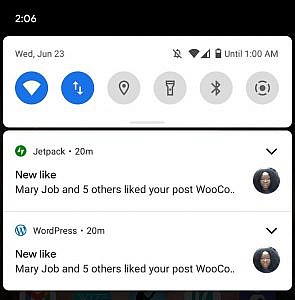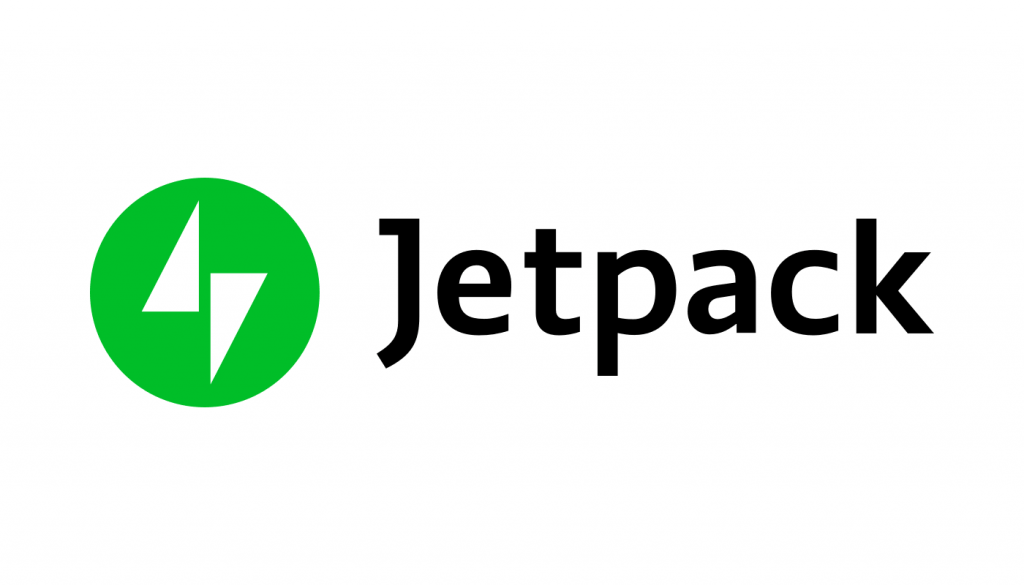
Automattic has launched a new mobile app for Jetpack, available on iOS and Android. The app features an array of Jetpack-specific features, as well as those applicable to users on paid plans, along with core WordPress features.
Inside it looks nearly identical to the official WordPress mobile apps, but it is noticeably missing WordPress.com specific features like the Reader. The bottom menu links to “My Site” and “Notifications.”
Those who are on paid Jetpack plans will have access to features like backups, restores, and security scanning for use inside the app when on the go. It also includes the same Activity Log and Stats features found in the main WordPress app. In its current state, it doesn’t look like the app offers anything more than what you are used to on the standard mobile apps unless you are a paid Jetpack customer. So far, the app doesn’t include any upgrade paths for free users or to jump from plan to plan. If Automattic decides to add in-app purchases, it will have to share the revenue with the app stores. Having a separate app from the official mobile apps gives the company the option to build in more direct paths for monetization in the future.

You may want to stick with the official WordPress apps if you manage both WordPress.com and Jetpack-enabled sites, to keep everything conveniently in the same place. If you decide to use both apps, you will want to remove your Jetpack sites from the main WordPress app so that you aren’t getting double notifications from having the site accessible through both apps.
Automattic’s integrated products remain controversial features of the official WordPress apps. It is a good move to separate self-hosted Jetpack sites from the clutter of having WordPress.com-specific features in the app, but it does little for improving the official app’s experience for self-hosted users who are not using Jetpack. Clicking on Stats in the app still prompts users to install Jetpack when managing self-hosted sites. The Reader menu item is ever-present at the bottom of the page. These products take up screen real estate regardless of whether they are being used.
A toggle to turn off these features in the app’s settings might be a good stop-gap measure towards disentanglement, but ultimately the official mobile apps should not promote any commercial interests.
If Automattic moved WordPress.com features into the Jetpack app, then anyone using the company’s products could be directed to this app for managing their sites. The official WordPress app could then be kept free of any products that the user doesn’t choose to install. If the vanilla state of the app is not enough, users can be prompted to add themes and plugins to enhance the WordPress experience.
The Jetpack app is aimed at people who have sites using Jetpack but don’t need the WordPress.com features that are built into the official WordPress apps. It brings more value to those who are on paid plans and want access to those features on the go. More than 500 people have already downloaded the Android app. It will be interesting to see if Jetpack users will gravitate towards the new app or remain on the standard WordPress app for more centralized management of Jetpack and non-Jetpack enabled websites.

